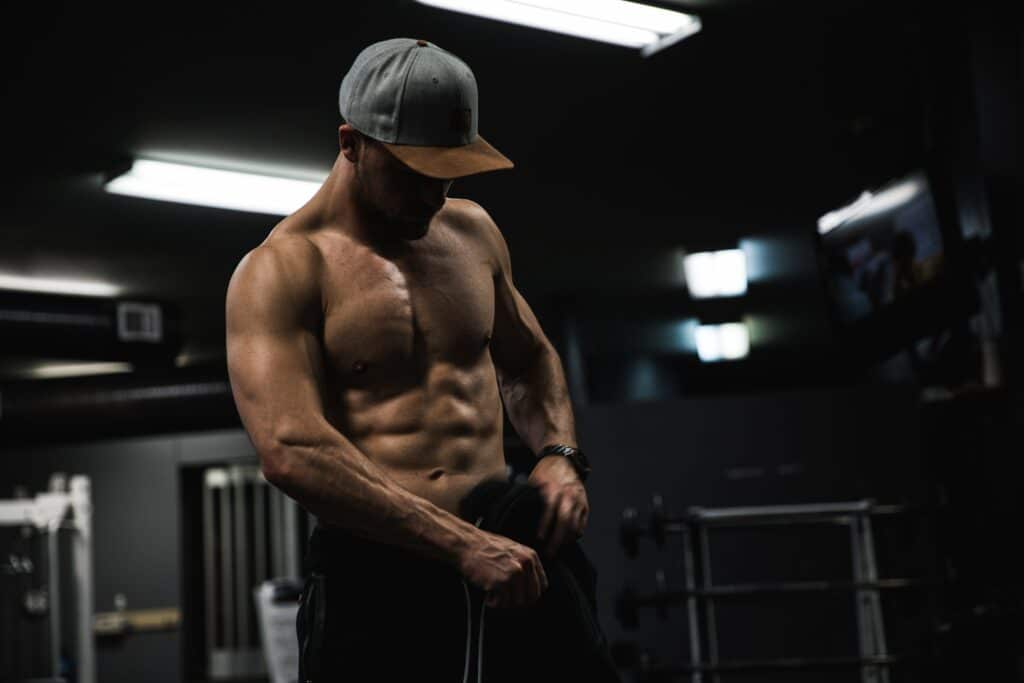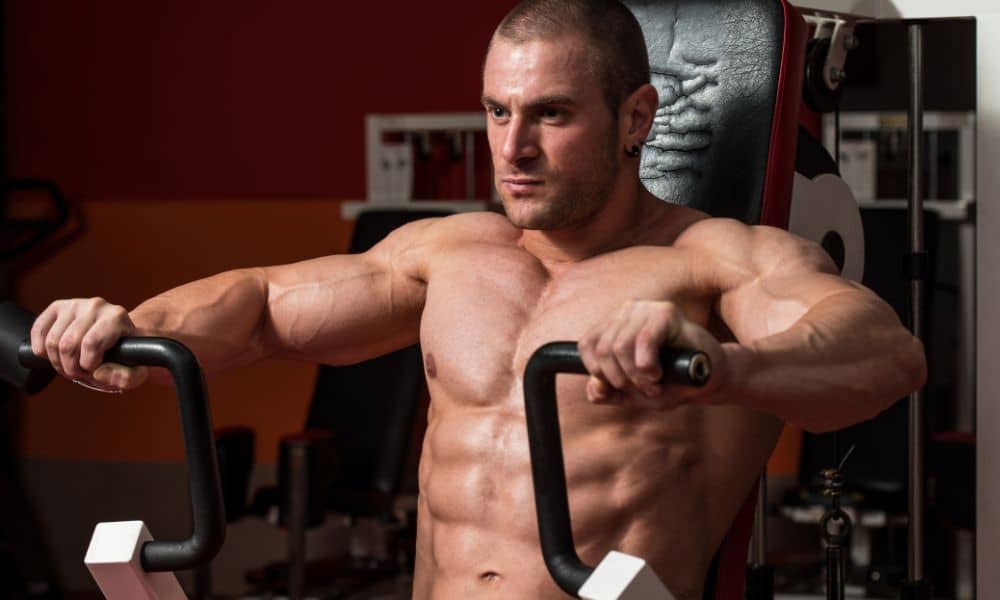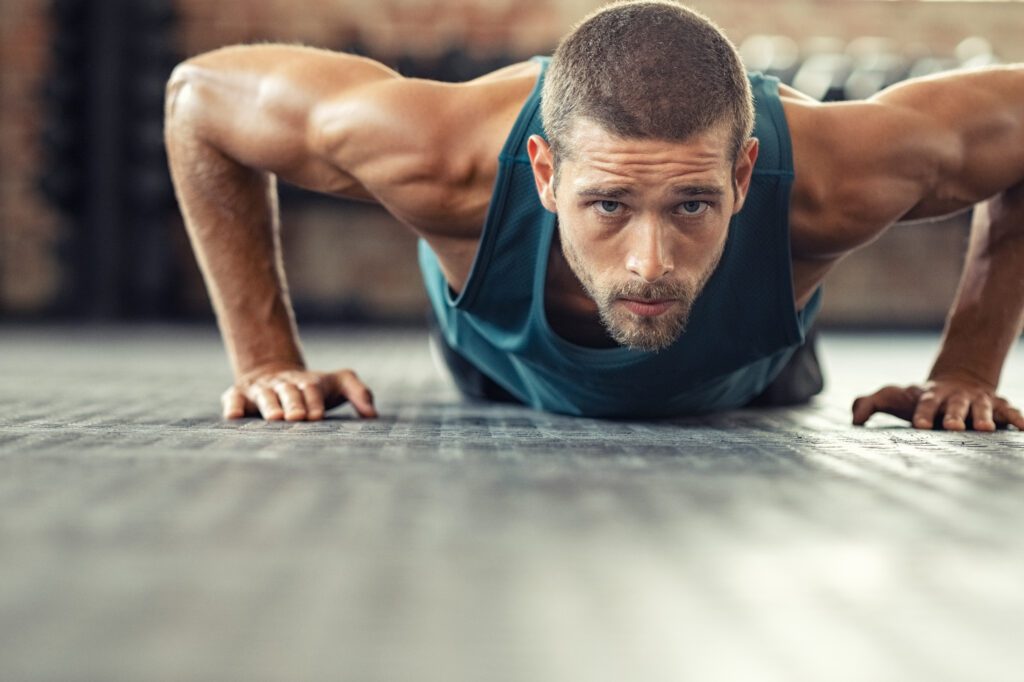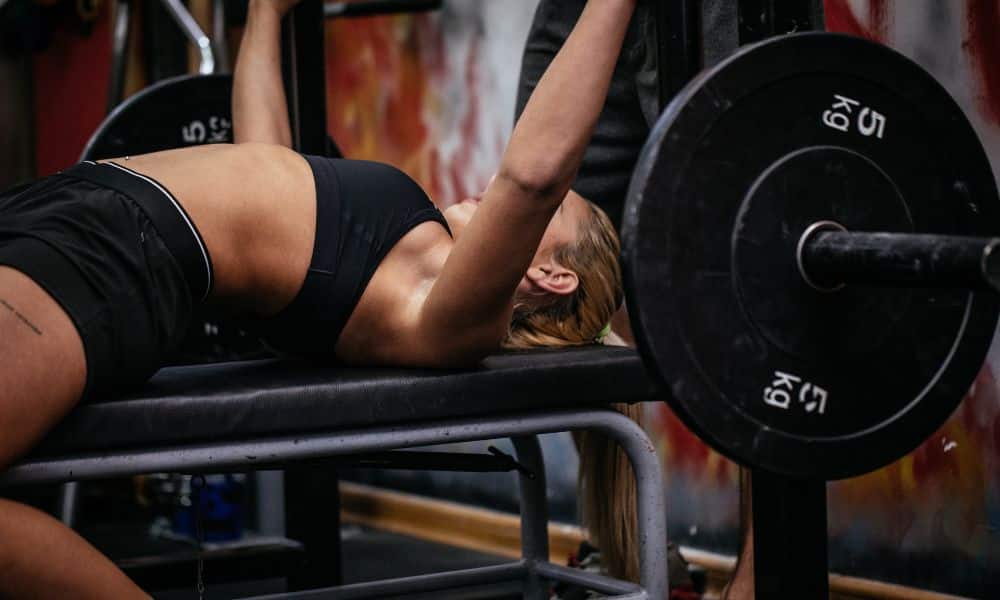Are you interested in building the primary chest muscles? To construct the primary muscle of the chest, you must select a good workout program and a protein-rich diet.
Have you tried all methods but nothing works? Then don’t worry; you are in the right place. This article will explain chest workouts and anatomy to build the chest’s primary muscles.

Workload and diet to build primary muscles of the chest
Generally, when people start bodybuilding or building chest muscles, they focus only on workloads. People believe that only exercise and workload are needed to build muscles.
However, to build chest muscles, there is a combination of things you have to do. And apart from weightlifting, the other most crucial thing is diet. You should be aware of what you are eating and only eat food to help with muscle building.
This section will explain workloads and diet to build the chest’s primary muscles.
Workloads to build primary muscles of the chest:
We have explained below the anatomy of the chest. Thus to build different muscles of the chest, you can use different workloads and exercises. Although the chest’s most significant muscle is the pectoralis major, these exercises can also assist secondary muscles like the deltoids and triceps. These includes:
Standing incline chest press:
This workload can help to build muscles in the upper portion of the chest. To do this exercise set cable pulleys to a high position and grasp their handle while standing in the middle of the cable machine.
Extend your elbows to make a 45 degrees angle, and position handles by the side of the upper chest. Then slowly return to the starting point.
Flat dumbbell chest press:
Hold dumbbells and lie on the bench with your feet on the ground. Hold dumbbells over your chest. Then bend your elbows to move dumbbells downward until they reach the side of your chest. Then go back to the starting point.
Stability ball incline pushups:
It’s an exercise for the lower part of the chest and involves core muscles. Put the stability ball on the ground and stand facing it. Place your hands on the ball the shoulder-width apart. And your feet should be behind your legs. Now lower your torso until your chest is about to touch the ball. Raise your body and move back to the starting point.
Diet to build primary muscles of the chest:
One of the most important rules for building muscles is to eat more, as more food means more calories. However, it doesn’t mean you can eat anything. Make sure your eating is healthy and calorie-rich.
Add more protein to your diet, like chicken, fish, beef, eggs, and whey protein. Besides, try to have complex carbs like brown rice, brown bread, sweet potatoes, oatmeal, etc. However, when it comes to fat, avoid trans-fat or excessive fat. And try to have good fats like fish oil, avocado, nuts, flax seeds, etc.
Plan your diet before, during, and after a workout to get a bigger chest.
Pre-workout nutrition:
Pre-workout meals keep your energy full, so you can quickly go through a heavy training session. However, remember that it should not be your first meal of the day. To get maximum results, it is always better to do a workout later in the day.
This way, you will have ample energy to burn in a workout. The best way to do it is by fixing your gym time. Therefore, try to have your pre-workout meal 2 to 3 hours before the gym session.
When planning your pre-workout meal, make sure it consists of at least 30-40 percent of your daily carb intake. Moreover, consume 25-35 grams of protein and one plate of vegetable servings.
You can choose carbs that are rich in fiber, like brown bread, oats, and fruits. When it comes to protein, choose a protein with low fat, like soy or quinoa.
Intra-workout nutrition:
It would be best to go for an intra-workout diet, mostly a workout cocktail for a full round chest. Taking a well-formulated intra-workout cocktail will provide you with readily available energy.
Moreover, it provides benefits like keeping you hydrated, increasing blood flow, and improving nutrient delivery to working muscles.
Although pre-workout supplements also provide these benefits, taking them during workouts improves their effectiveness. Besides, several studies show that consuming whey protein cocktails is best for driving muscle growth.
Post-workout nutrition:
Post-workout nutrition’s primary goal is to replenish carbohydrate stores, make new proteins, and rebuild damaged ones after a stressful workout post-workout meal is critical.
When you are taking your post-workout meal is very important. Therefore, always consume a post-workout meal within 60 minutes of completing your workout. Because the sooner you eat, the better it is for metabolic activity to switch to the anabolic environment.
Besides, your post-workout meal should be more significant than a pre-workout meal containing 30-40 percent of daily carbs requirements and 25-35 percent of proteins. But this time, your carbs should be 50 percent high fiber while the remaining 50 percent should be low fiber.
Anatomy of the chest
When you look at the chest or pectoral region’s anatomy, you will see it is divided into three parts: upper, middle, and lower. Thus, these are known as clavicular, sternocostal, and abdominal head, respectively.
But muscles are usually referred to as upper and lower muscles. For example, the upper part of the chest consists of clavicular muscles, whereas the lower part consists of the sternocostal and abdominal head.
The primary function of the pectoralis major is to bring arms across the chest. Using different angles and lifts, you can use different workloads to train the upper and lower part of the chest.
Exercises to build chest muscles
When you look at the depth of bodybuilding, you will find different lifts to build muscles in other body parts. Some of the excellent lifts to build chest muscles includes:
- Pushups
- Barbell bench-press
- Flat bench dumbbells press
- Dips for chest
- Pec-deck machine
Secondary muscles of the chest
The chest’s secondary muscles help the primary muscles, including pectoralis major and pectoralis minor, with each exercise. The chest’s secondary muscles are the deltoids (anterior shoulder muscles) and triceps (muscles on the back of your arms).
Workout programs
When planning your workout program for the chest muscles, ensure it includes all necessary lifts that separately address each part of the chest. Targeting each part of the chest using different exercises to build muscles is much more helpful. Do a set of three for each activity. Some of the popular workout programs include:
- HIIT
- 5×5 training
- German training program
- Pre-exhaustion training
- Post exhaustion training
Final words on primary chest muscles
There is no shortcut to getting a bigger chest. It needs dedication, hard work, and consistency to see actual results. If you or someone you know is considering bodybuilding, share this article on Facebook or Twitter so that others can learn more about building muscle.




